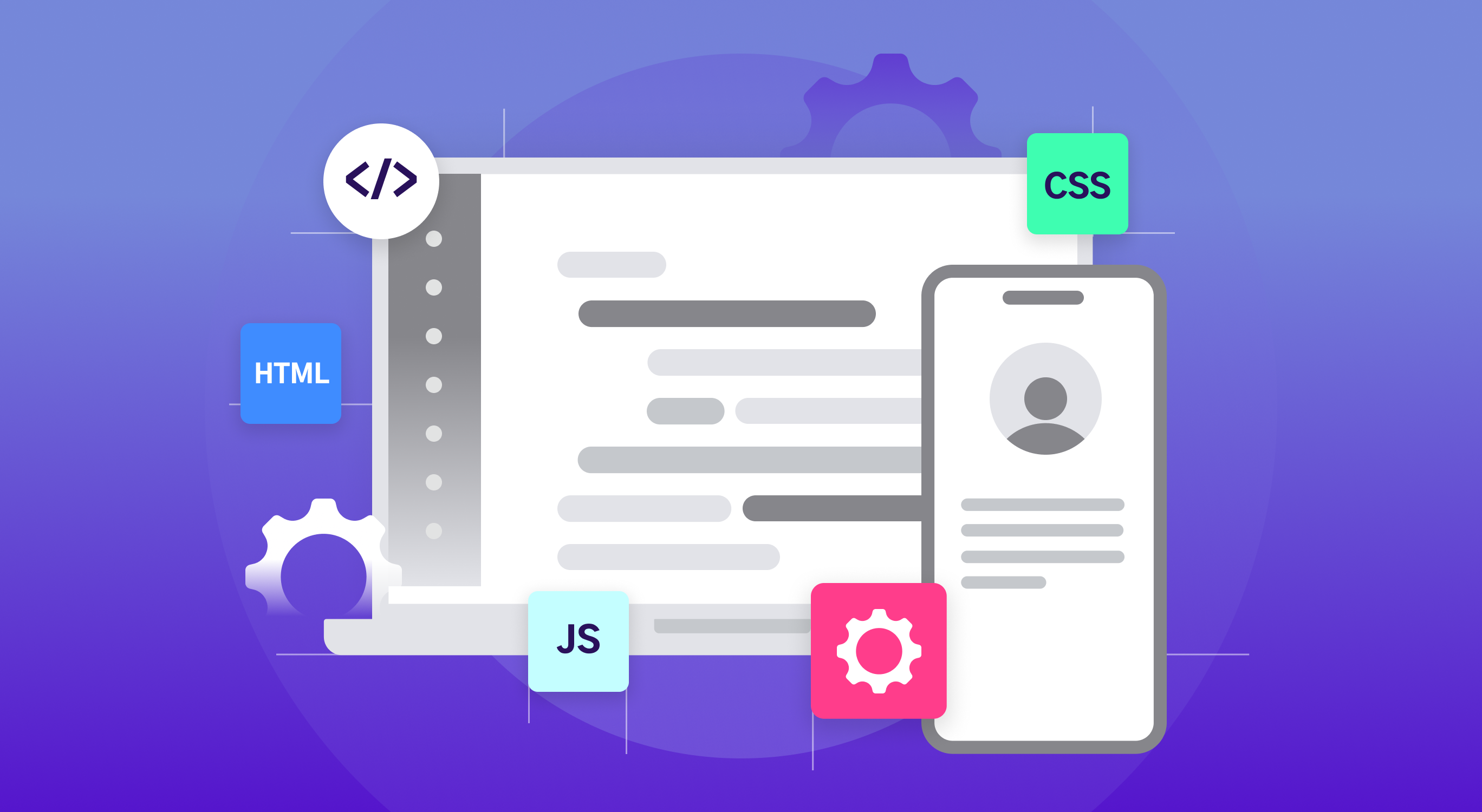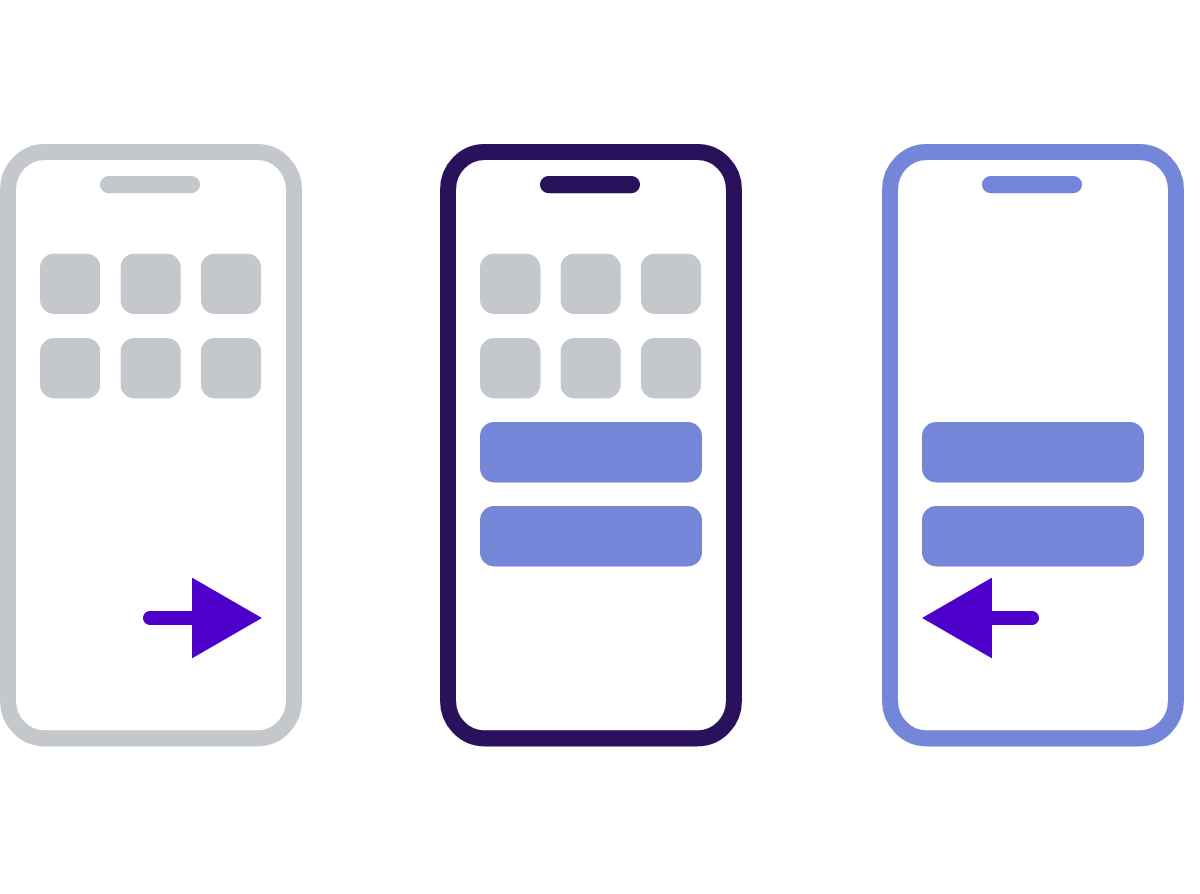NEW LAUNCH: Weill Cornell Medicine's Maya app is now available for Android!
NEW LAUNCH: Weill Cornell Medicine's Maya app is now available for Android!

Recent shifts in Apple's stance on Progressive Web Apps (PWAs) have cast a shadow over their future viability. In late January 2024, it was revealed that Apple was quietly removing the ability to install home screen web apps within Europe, citing the difficulties of continuing the feature under the EU’s new Digital Markets Act. This decision was reversed in March following backlash from developers and tech media. While the immediate threat has been alleviated, the incident highlights a larger, looming uncertainty for PWAs.
PWAs are prized for their quick development, utilization of web technologies, and their economical alternative to conventional app store offerings. Yet the back-and-forth from Apple sends a clear signal: reliance on PWAs might need to be reevaluated. Now more than ever would be a good time to consider making the transition from a PWA to a more stable, full-fledged app solution.

Amidst this backdrop of uncertainty, transforming your PWA into a hybrid app emerges as a strategic move. A hybrid app is a blend of native and web solutions that’s built using web technologies such as HTML, CSS, and JavaScript and encapsulated within a native application. This enables it to function across multiple platforms (including being downloadable from the App Store).
Hybrid apps utilize native components to gain full access to a mobile device's features, marrying the flexibility of web development with the robust capabilities of native applications. This integration allows for a seamless user experience and broader market reach, making it a compelling option in light of unforeseen policy changes like the one Apple introduced and then reversed.
Code Reusability: Your PWA's existing codebase (HTML, CSS, JavaScript) serves as an excellent foundation for developing your app, reducing time and costs.
Gradual Enhancement: Retain your existing user base by continuously improving your PWA while simultaneously adding native app features.
Cross-Platform Reach: Utilize tools like React Native or Flutter for efficient cross-platform development, or opt for Swift (iOS) and Kotlin (Android) for enhanced device-specific performance.
App Store Availability: Boost your app’s visibility and trust with an app store listing, meeting users where they search.
Transitioning from a PWA to a native app requires careful planning. By selecting the right development tools and communicating effectively with existing users, you can ensure a seamless transition as you evolve your PWA into a robust native app.
Select the Right Tools: Consider cross-platform frameworks like React Native or Flutter, or select fully native options for optimal device integration. This choice will depend on your specific needs and the features you want to provide to your users.
Strategize Deployment: Plan a seamless user transition from PWA to app. Implementing a banner within your existing PWA that communicates to users about the new app available in the App Store is a crucial step. This banner should encourage users to download the new app for a better experience.
Communicate Early and Often: Alert your existing users well before the deadline through push notifications and emails that the PWA will no longer work. This early communication ensures that users are informed and can transition smoothly to the new app without disruption to their experience.
Leverage New Opportunities: Embrace the functionalities permitted by Apple, such as enhanced push notifications, improved in-app purchases, and increased App Store visibility and security. These features can significantly enhance the user experience and foster greater engagement with your app.
The uncertainty surrounding PWAs after Apple's policy fluctuation serves as a call to action for businesses and developers. PWAs may be safe for now, but these developments present an opportunity to explore new technologies and enhance your user experience. Now is the time to evolve your PWA by introducing a native app. Embrace the web technologies at your disposal, choose the right tools, and watch your app’s potential unfold while staving off future uncertainty.
Recent shifts in Apple's stance on Progressive Web Apps (PWAs) have cast a shadow over their future viability. In late January 2024, it was revealed that Apple was quietly removing the ability to install home screen web apps within Europe, citing the difficulties of continuing the feature under the EU’s new Digital Markets Act. This decision was reversed in March following backlash from developers and tech media. While the immediate threat has been alleviated, the incident highlights a larger, looming uncertainty for PWAs.
PWAs are prized for their quick development, utilization of web technologies, and their economical alternative to conventional app store offerings. Yet the back-and-forth from Apple sends a clear signal: reliance on PWAs might need to be reevaluated. Now more than ever would be a good time to consider making the transition from a PWA to a more stable, full-fledged app solution.
Our emails are (almost) as cool as our digital products.
Your phone will break before our apps do.

© 2025, Heady LLC.